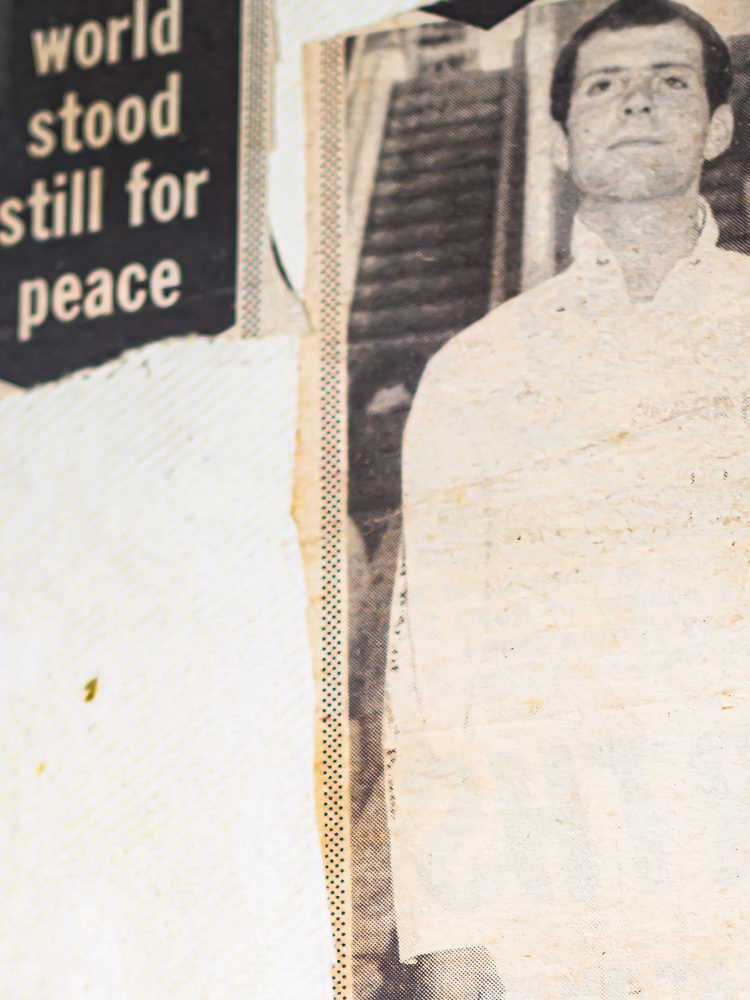Philosophy behind a million minutes of peace: decisive moment
The term ‘decisive moment’ is a phrase coined by the famous street photographer Henri Cartier-Bresson. The participation with the Million minutes of peace appeal was such a moment. The performance had a decisive aspect. Bresson’s use of camera to capture a street scene is decisive. It takes keen observation and composition to take a non trivial image that represents a cultural form of life that is like a collective lived experience. This collective problem drives the philosophy behind a million minutes of peace.
Capturing the cultural moment
So the choice of performing the stance for peace in public (biographical) as a form of street theatre had a similar sense of capturing not an image but its inverse by token of being a cultural moment within a locale. Bresson would have probably passed by without taking a photo although the moment a interaction a onlooker had with the stance performer (peace performer).
The 1986 Bi Polar World and million minutes of peace.
The year 1986 was the world political cold war era with the contest for balance of power between the then Soviet Union and USA. The same year the United nations inaugurated the international year of peace. The million minutes of peace was the brain child conceived by the Australian chapter of The Brahma Kumaris (info page) The participants in the project (depiction above of biographer in 1986) had a sense of the gravity. It was the first time I had heard of the United nations. The peace performance entailed-at least from a point of view of a millenarian (wiki) movement the mobilisation of spiritual actors on the world stage for the NEW AGE (information blog). This fact gave a sense of place as a cultural moment in the bi polar world that would soon vanish into the Uni Polar moment with the collapse of the Soviet Union.
Million minutes of peace and the yoga vision
The narrative around the campaign through the performance had for my yoga vision two dimensions. The first was a very public narrative given to the on looker who were curious what it was all about. There was a small information board outlining the collection of minutes of peace was endorsed officially as a program for the international year of peace inaugurated by the United Nations of which the Brahma Kumaris is an affiliate Non Government Organisation (NGO). This gave participants confidence in public space and confront media attention too.
The second dimension had a qualitative yogic vision of a millenarian(wiki) nature. It was a subjective vision by token -in my case- inspired from The Brahma Kumaris literature. So what were the immediate impact of performance in public spaces? Well I noticed when I sat with a group meditation it gave an increase in meditative states (analysis blog). That would amount to creativity. A positive valence along with ease in imagination. There seemed to be a correlation between socially positive feedback that the program gave and an increase in overall well being.
